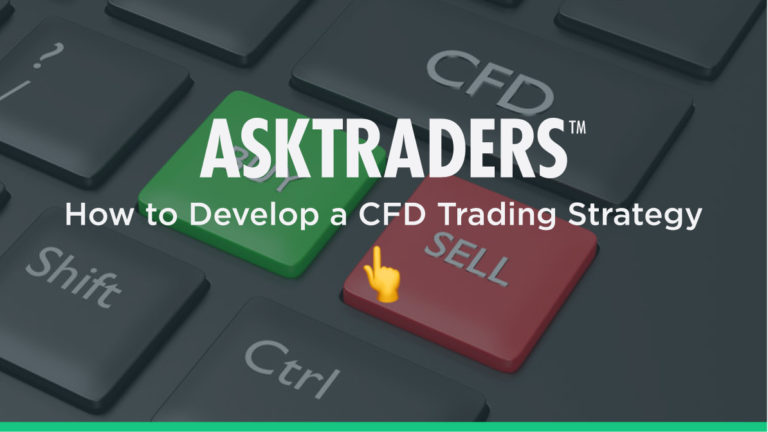
It is a key element that must be in place before any truly realistic attempt at successfully navigating the markets can take place. Factors that need to be taken into consideration include entry criteria, trading time frames, money and risk management, stop loss planning and how to work out when and where the best exit point exists. This article explores CFD trading strategies with expert advice.
Entry point
Choosing the right entry point to take a CFD trading position is something that can really only come through trial and error. Obviously using moving averages, chart patterns, technical analysis and many other methodologies all have their own place, but ultimately it is only by putting these into practice that a trader can ‘find their feet' in terms of knowing how best to apply knowledge to their own ends.
Due to the essentially infinite nature of different permutations and options available, many believe that a reliable entry point is key to success. However, without the other elements discussed below, there is no way that choosing a good start point can guarantee a good end result.

Time frame
CFDs are usually used by short term investors looking for quick turnarounds on fast-moving markets and assets. This ‘day trading' approach can sometimes actually mean minute by minute trading, so a traditional ‘Buy and Hold' investor will most likely not be drawn to the sector in the first place.
Today, Real Time (RT) data is accessible to all, whereas in the past only floor traders and professional brokers would have been able to look at the information needed to make quick decisions. Day traders usually close all trades by the end of the day, using the small point gains made to build up profits incrementally. However, due to their flexibility, CFDs can be used for longer-term trades, sometimes just down to holding a winning position or not so often taking a position that is aimed to be kept for weeks or months. The vital factor for success is knowing how long a time frame suits each trading position and using the appropriate methods to choose the right time to exit.
Money and risk management
In any area of trading, the funds available and the risk profile of the investor need to be clearly earmarked before any moves are made. As CFDs are a leveraged product, trades can be arranged without needing the full amount of capital funding, but by the same token, this does mean that risks of losses can be higher too.
For multiple trades taken out at the same time, it is essential for overall risk across all positions to be taken into account, and for individual trades, the chances of things going wrong must always be factored into the equation. Fortunately, CFDs have in-built tools that can make both money and risk management easier, and even automate much of the hard work in many cases.
Stop losses
The stop loss is a tool of CFD trading that allows a trader to pick a level at which a trade is automatically closed if it falls below a certain level. Knowing where to place a stop loss is once again something that can only be learned through experience but setting out a trading strategy that includes a clear money and risk management basis from the start can be a great help.
This is also where so-called 'emotionless trading' comes into play, as there is always a danger of not placing a stop loss order so that a trade can run a little longer to see if it ‘turns around'. This can lead to very dangerous trading conditions, especially with a leveraged product such as contract for difference.
Exit point
Closing a trade is where the profit is made, or the losses are held to an acceptable level. Once again, technical tools and chart patterns, support and resistance levels and other methodologies can be used to predict the best outcomes. However, having aims and targets can also play a big part in successfully choosing exit points, as deciding that a certain level of profit is enough can be a good way to move forward.
Strategy and good strategy
Having a strategy is essential, but that doesn't mean it will be a good one, and even a good one might not be the best one for any given individual. Personality plays a very big role in choosing which approach to take to any form of trading on markets and that is possibly even more true of CFDs. With such a flexible tool that can be employed in so many different ways across such a wide range of markets and underlying assets, it stands to reason that there will be a wealth of trading strategies that will be suitable to any given situation. The real trick is in working out which one is best for each traders' unique aims and considerations.
People Who Read This Also Read:




